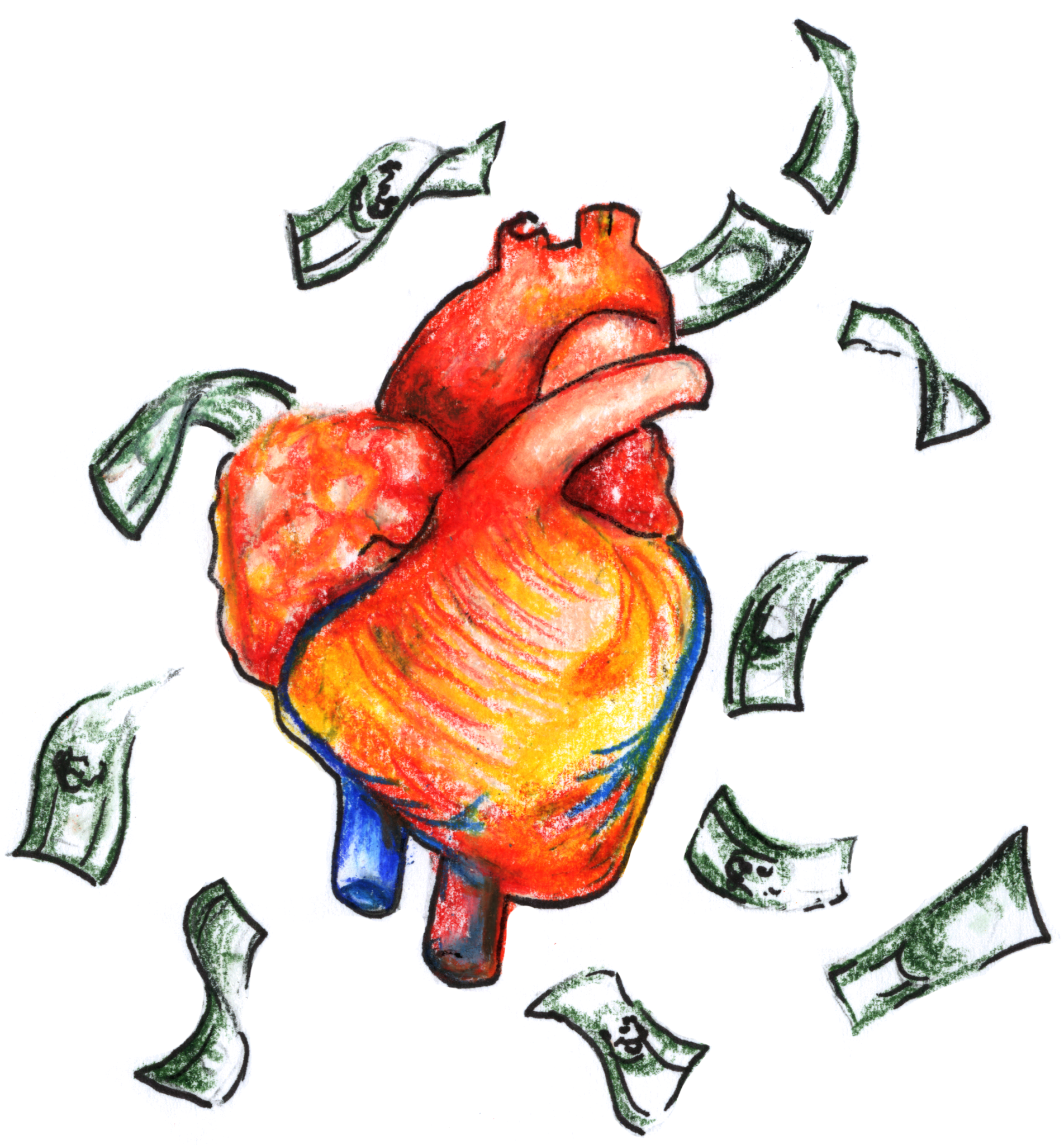
Legislators often frame their health care debates around who has access to insurance. But recent public health research indicates that the discussion should also revolve around the quality of the coverage.
One such study investigated how nonelderly patients with atherosclerotic cardiovascular diseases, including strokes and heart attacks, handle health care expenses. Led by Yale School of Medicine physician Javier Valero Elizondo, the research paper explored data from the 2013–2017 National Health Interview Survey and discovered that for 45 percent of patients, health care costs related to the conditions were associated with economic hardship. The study was published last month in the Journal of the American College of Cardiology.
The study highlights that insurance does not universally protect patients with heart disease against financial burdens. Around 20 percent of surveyed individuals with one of the heart conditions, many of whom had insurance, were unable to pay their medical bills. The high number of underinsured patients, or covered patients who pay high out-of-pocket health care costs, indicates that “current insurance structure falls short in protecting from financial hardship,” according to the study.
Although Valero Elizondo expects further research to guide changes to insurance coverage, he said that the study provides some indications on how to improve the health care system.
“There is no clear definition of ‘a single thing’ that we need to do as a nation to solve this problem,” Valero Elizondo said. “Having said that, there are things that we can start moving toward to shift expenditures away from patients and their families, such as different health care paying systems (for example single-payer system), and broad incentives for insurance companies (both private and government) to alleviate these hardships for patients with [atherosclerotic cardiovascular disease], all the way to different coverage schemes.”
Atherosclerotic heart diseases in the United States are very prevalent, and the economic burdens are familiar to many Americans. According to the paper, over 8.6 million people suffered from these conditions, and 3.9 million of them dealt with increased financial hardships.
In addition, the researchers discovered a negative feedback loop between the inability to pay for medical bills and the ability to get healthy. About a third of individuals whose heart conditions caused financial struggles “reported either significant financial distress, cutting back on basic amenities such as food, and avoiding much needed medications,” all behaviors that would further increase risk for health maladies.
“I think this study is sobering and points to the ripple effects that can emerge from a diagnosis,” said Heidi Dong ’20, a Global Health Scholar at the Jackson Institute for Global Affairs who was not involved in the study. “In an ideal world, people diagnosed with a disease should be able to focus on getting better instead of cutting back on basic amenities or skipping medicine doses due to medical costs.”
Other research has further indicated that insurance efficacy is a problem for the United States health care system. A 2018 survey conducted by The Commonwealth Fund showed that the number of people without health insurance has decreased over the past eight years, but the number of people underinsured has increased.
Although each category size has shifted, about the same number of people lack affordable access to health care. Though highlighted by the heart disease study, these effects scale beyond a single disease group, according to The Commonwealth Fund survey.
“The lack of adequate coverage will hinder people’s ability to access the system even if they have health insurance,” said Howard Forman, the director of the healthcare curriculum at the Yale School of Management. “If you have insurance and you have a 3,000 dollar deductible, or if you have health insurance and your copay is high even after paying your deductible … you could be very quickly put into financial peril.”
Heart disease is the leading cause of death in the United States, according to the Centers for Disease Control and Prevention.
Allen Siegler | allen.siegler@yale.edu







